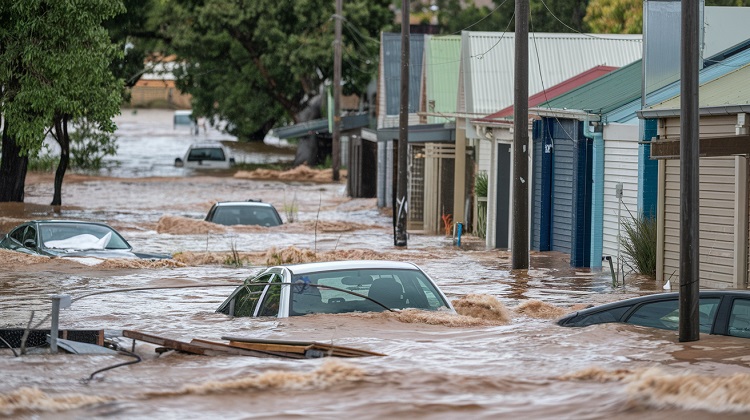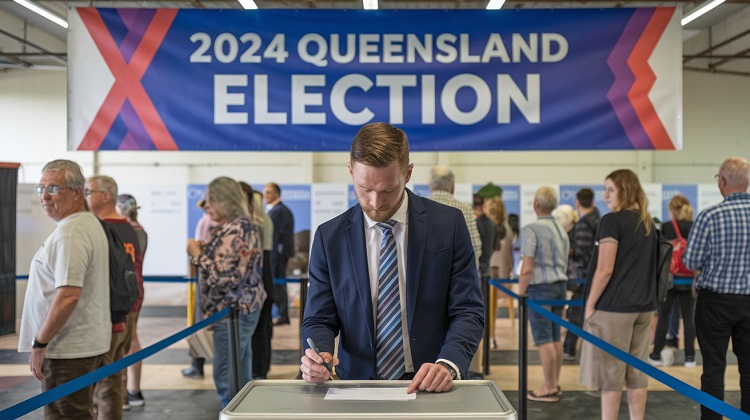Australia will spend an extra $50 billion on defence over the next decade as our military shifts focus from land to sea. The federal government insists the pivot is necessary due to the growing threat of conflict with China.
Australia Boosts Defence Spending for Future Security
Australia’s recent surge in defense spending to bolster its national security infrastructure has generated significant interest and raised pertinent questions about the country’s strategic priorities and regional implications. As the global security landscape continues to evolve rapidly, this substantial investment signals Australia’s proactive stance in adapting to emerging threats and challenges. The decision to allocate such a substantial budget to defense raises critical discussions about the country’s defense strategy, regional alliances, and the potential impact on neighboring nations.
Key Takeaways
- Australia allocated up to $76 billion for strategic investments.
- Emphasis on undersea warfare, space, and cyber capabilities.
- Prioritization of areas to navigate the complex security landscape.
- Investments in maritime security to protect vital trade routes.
- Strengthening defense through recruitment drive and personnel enhancement.
Defence Transformation and Strategic Investments
Amidst a significant military overhaul, Australia has earmarked up to $76 billion for strategic investments in undersea warfare, space, and cyber capabilities as part of its national Defence Strategy. This substantial allocation underscores Australia’s commitment to enhancing its defense capabilities in response to evolving threats and geopolitical challenges.
The focus on undersea warfare aims to bolster Australia’s maritime security and protect its strategic interests in the region. Investments in space and cyber capabilities reflect the growing importance of these domains in modern warfare. By prioritizing these areas, Australia is positioning itself to effectively navigate the complex security landscape and safeguard its national security interests in an increasingly uncertain world.
Focus on Maritime Security and Trade Routes
With a heightened focus on safeguarding vital trade routes at sea, Australia’s military is strategically enhancing its maritime security measures. The protection of trade routes is crucial for Australia due to its heavy reliance on imported fuel and the need to ensure the uninterrupted flow of goods.
Emphasizing the Asia-Pacific region for defence activities, Australia is acquiring nuclear-powered submarines to bolster its capabilities in safeguarding trade lines. Adhering to maritime rules is paramount for maintaining security in the region and upholding international norms.
Redirected Defence Spending and Investments
Australia’s strategic reallocation of defence resources is reshaping its military capabilities, with a significant focus on redirected spending and targeted investments. The redirection of $72.8 billion from existing expenditure indicates a shift towards making the Australian Defence Force (ADF) more amphibious. This entails investments in the AUKUS submarine program and long-range strike missiles, while reducing emphasis on infantry fighting vehicles and defence infrastructure projects.
The proposed savings through the reduction in over-programming highlight a more efficient allocation of resources. These changes reflect a strategic move towards enhancing the ADF’s adaptability and readiness in an increasingly uncertain global environment, aligning with the National Defence Strategy’s priority-driven approach to safeguarding Australia and its interests.
Recruitment Drive and Personnel Enhancement
Efforts to bolster the Australian Defence Force’s strength through a recruitment drive and personnel enhancement initiatives are currently underway. With a shortfall of approximately 4,400 defence personnel, plans are in place to streamline recruiting processes and enhance retention strategies.
Additionally, there is consideration being given to recruiting non-Australian citizens with specialized skills to address the manpower gap. Efforts are also being made to enhance the defence culture based on recommendations from the Royal Commission, aiming to address recruitment challenges and strengthen the ADF.
These initiatives form a crucial part of the broader strategy to ensure the ADF is well-equipped and prepared to face the evolving security challenges in the region and beyond.
Government’s Defence Strategy and Investment Plans
The Government’s defense strategy and investment plans outline a comprehensive framework for enhancing Australia’s military capabilities and safeguarding national interests in an evolving security landscape. With a significant focus on priority-driven approaches, the strategy emphasizes the adaptation of the Australian Defence Force (ADF) to meet the challenges of a more uncertain world.
Investments of up to $76 billion in undersea warfare, space, and cyber capabilities demonstrate a commitment to enhancing Australia’s defensive posture. The redirection of billions in defence spending towards initiatives like the AUKUS submarine program and long-range strike missiles underscores the government’s commitment to strengthening the ADF.
These strategic investments aim to ensure peace, security, and prosperity in the region while preparing for future threats and challenges.
Albion News is a great place to find informative, up-to-date news articles. We provide a wide range of unique articles that offer an interesting perspective on current events from around the world and from various different sources. You can easily search for the topics that matter most to you and explore in-depth pieces that provide insight into the issues and important debates occurring today. Albion News helps you stay informed with carefully researched and credible stories







